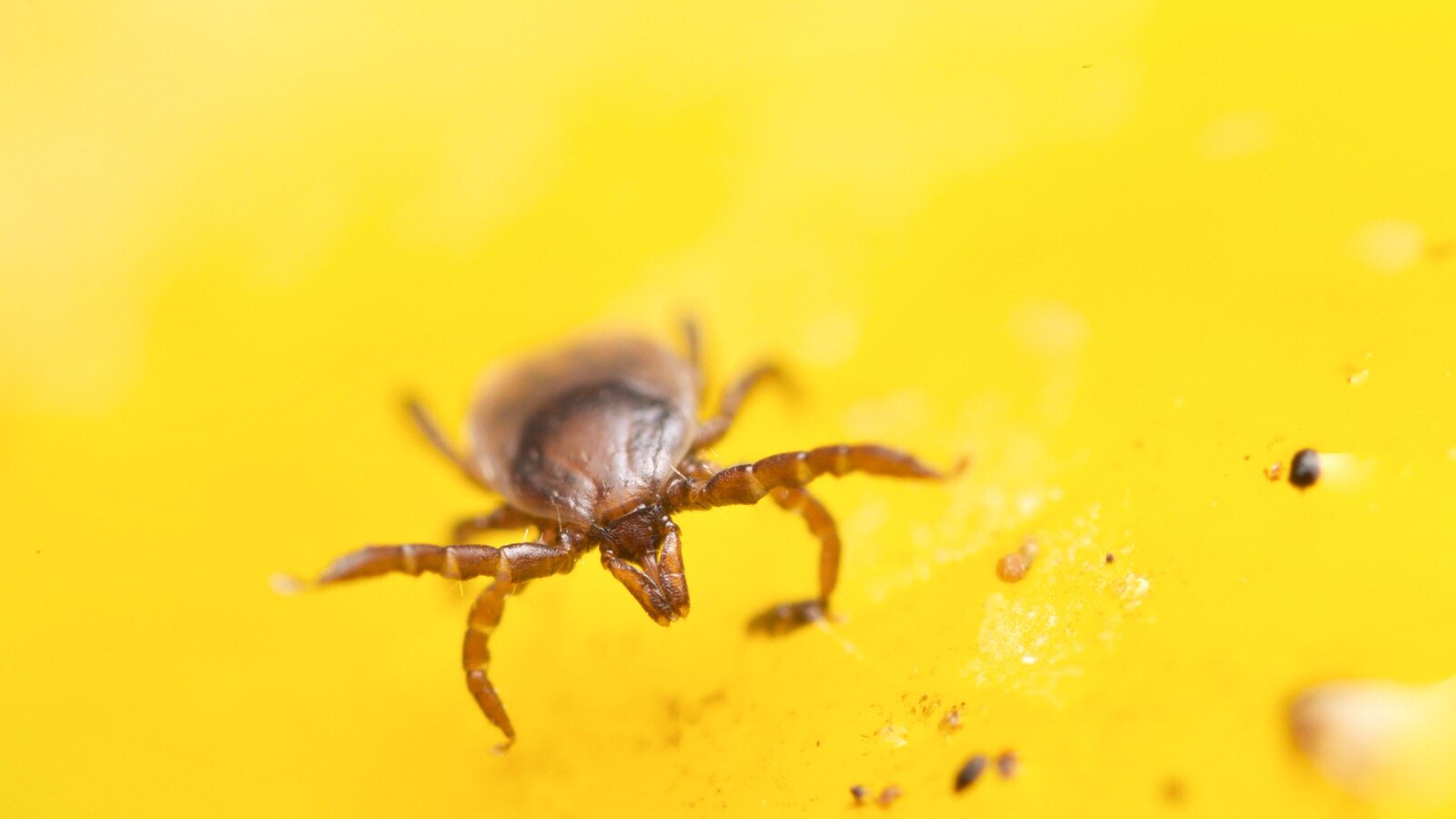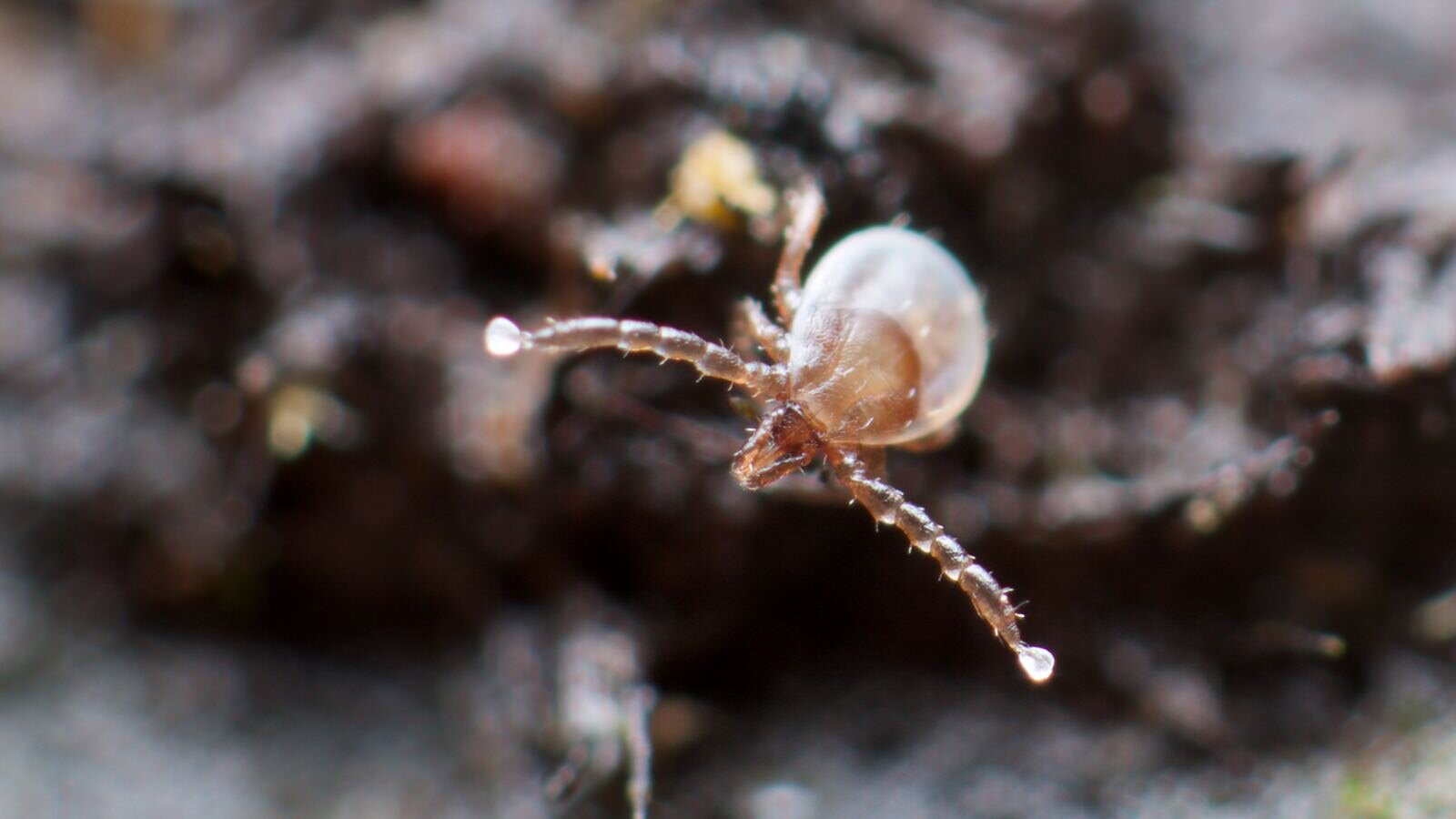
Ixodida, or ticks.
Blood-suckers and disease vectors
While not a true member of the soil mesofauna, ticks, (order Ixodida, superorder Parasitiformes) are still part of the Acari as well as being a member of Arachnida, the class that includes mites, scorpions and spiders. So, just to be complete, I’ll include them here. I must say, against my better judgement, they are fascinating.
I often come across the Ixodidae, or the family of hard ticks, either balefully observing me from a leaf, strolling towards me on a log, or buried head-deep in my skin. The other family of ticks, the Argasidae, commonly known as soft ticks, are mainly found in nests and animal burrows, as well as human habitation.
Like mites, ticks are diverse and often rather beautiful arthropods, although they are a vector for more diseases than any other animal except mosquitoes- sharing as they do a propensity for blood-sucking. Lyme’s disease and Rocky Mountain spotted fever are two of the more well known human-affecting diseases carried by hard ticks although there are many others too, as well as others that affect domesticated animals like dogs, cats, cows and sheep.
It’s also possible to divide ticks into the host-specific ticks, that are specialists in parasitising one host, and the opportunist ticks, which are more like a generalist. Although, true to form, most host-specific ticks will at least have a go on other things, given a chance. Interestingly, many species of hard tick that are host-specific will be host-specific on different hosts depending on whether they are in their larval, nymph or adult form.
Mouthparts of a larval tick, Somerset UK
When hatched, larval ticks have six legs, and will almost immediately begin to climb grass stems or low lying leaves and begin to wait for a host to walk past. They have no ability to jump and rely instead on having a host close enough to brush the leaf so that the tick can use their claws to hang on. After their first moult, the now nymph’s legs have increased to eight and look like a smaller version of their third, adult form. Adult ticks will often climb higher in order to get to the larger host animals.
Ticks, unlike mosquitoes, are solely reliant on blood for nutrition throughout their lifecycle apart from the adult males of some species which are non-feeding. They can live for several years and are capable of surviving for long periods with no food.
Freshly hatched larval ticks, en mass.
The problem of ticks as a disease vector is further enhanced by their life cycle.
Every larval and nymphal tick needs to feed on a host, often for several days, before dropping off onto the ground and into leaf litter or the soil, to allow themselves time to digest the food, grow, and then moult. The adult female also needs blood before she lays her eggs. As their hosts will often be moving over large distances, full ticks can drop from their hosts many miles from their previous home.
It’s thought that with Lyme’s disease, a reservoir of infection is maintained in mice populations, often preyed upon by the tick’s larval form. This means that they can inevitably pass on the carried infection to other hosts. Meanwhile, the larger mammals, such as wild deer, help to maintain high tick populations. The interactions are complex and much studied due to the dangers posed to humans and livestock.
Tick, UK
Tick, UK
Ixodes ricinus the sheep tick
Close up of the mouthparts of Ixodes ricanus
Above, not the greatest photo, taken when I had just started doing macro photography- the Sheep tick or Castor bean tick- probably the most risky one, certainly in the UK for the transfer of Lyme’s disease. They are also a generalist feeder, happy to feed on mammals, birds or reptiles. The other photo is a close up of the mouthparts of another I. ricinus, although the two cutting chelicerae and the piercing part behind, known as the hypostome are largely obscured behind the two large palps.
Questing
Below, a tick from Germany, an unidentified larval tick and Ixodes ricanus, both from the UK, respond to either my movement, body heat or the carbon dioxide in my breath. This raising up and waving the front legs is part of a tick’s host-seeking behaviour known as ‘questing’. As a strategy, this has proved to be highly effective. Not only does raising up and widening their hooked front legs increase the area covered in which to grab onto a host, the waving is also to make effective use of a special sensory structure- the Haller’s organ, which is located at the end of each foreleg. This is a olfactory sensory pit, specifically for sensing chemicals like carbon dioxide and ammonia as well as heat.
A tick from Germany questing on a composted lemon
A questing larval tick, Somerset, UK
The Sheep tick, or Castor Bean tick, Ixodes ricanus, questing








